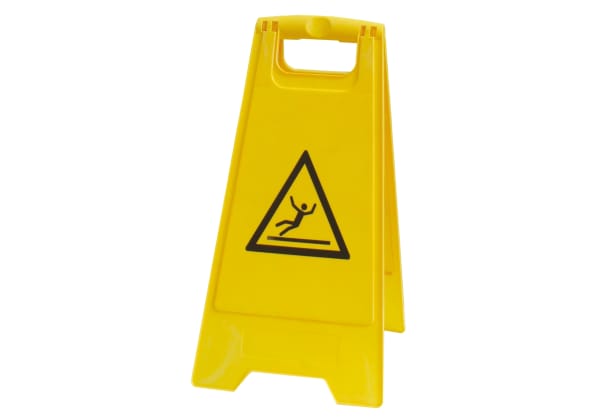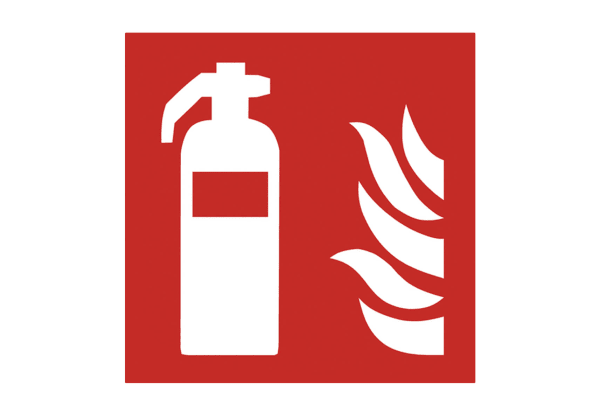- Published 6 Sept 2024
- Last Modified 6 Sept 2024
- 6 min
Enhancing Safety with Beacon Lights
Beacon lights are designed to pierce through harsh environmental conditions, including fog, rain, and low-light environments, making them ideal for various safety applications. Find out more about them in this guide.
What are Beacon Lights?
Reviewed by Karl Ralph, Technical Support Engineer (July, 2024)
Beacon lights, also known as flashing beacons or strobe lights are visual signalling devices that emit intense flashes of light at predetermined intervals. They are especially useful in serving as visual warnings, promoting awareness and preventing accidents. It is important to understand the various types of beacon lights and parameters to consider when choosing them for specific applications.
Types of Beacon Lights
Beacon lights come in various configurations to cater to diverse applications. Here is a closer look at some common types:

- LED Beacon Lights: LED beacon lights, including LED beacon light bars are renowned for their energy efficiency and long lifespan. These lights offer versatility with various colours and flash patterns, catering to specific application needs. Whether it is beacon lights for vehicles, construction sites, or industrial settings, LED beacon light bars provide reliable signalling with low power consumption and extended durability, making them indispensable for enhancing visibility and safety across diverse environments.
- Magnetic Beacon Lights: Magnetic beacon lights offer a temporary mounting solution, making them ideal for situations where permanent installation is not feasible. They are commonly used on construction sites, emergency vehicles responding to breakdowns, and for marking hazardous areas.
- Rotating Beacon Lights: Rotating beacon lights provide 360-degree visibility, making them suitable for applications where hazards can approach from any direction. They are widely used on emergency vehicles, construction equipment, and marine vessels.
- Wireless Beacon Lights: Wireless beacon lights offer greater flexibility in placement as they eliminate the need for wired connections. They are powered by batteries or rechargeable sources, making them suitable for remote locations or temporary applications.
Applications of Beacon Lights
- Vehicle Safety: Beacon lights are extensively used on emergency vehicles (ambulances, fire trucks, police cars) to warn motorists and pedestrians of their approach. They are also used on construction vehicles, oversized trucks, and vehicles operating in low-light conditions to enhance visibility.
- Construction Sites: Beacon lights play a vital role in construction site safety by marking hazards, delineating work zones, and alerting workers to potential dangers. Rotating beacons are often used on construction equipment, while magnetic beacons can be used for temporary hazards.
Choosing the Right Beacon Light
With a variety of beacon lights available, selecting the right one for specific needs is crucial. Here are some key factors to consider:
- Visibility Requirements: Consider the ambient light conditions where the beacon will be used. For low-light environments, a high-intensity LED beacon with a penetrating flash pattern might be necessary.
- Power Source: Choose between wired 12V beacon lights for permanent installations on vehicles or battery-powered/wireless beacons for temporary applications or remote locations.
- Mounting Options: Select a beacon light with a suitable mounting solution. Permanent installations might require a bolt-on mount, while temporary applications might benefit from magnetic bases.
- Durability: Consider the environmental conditions where the beacon will be used. Some beacons are weatherproof and dustproof for harsh outdoor environments, while others might be suitable for indoor applications.
For more insight into beacon lights and the technology behind them, watch our in depth discussion with industry expert James Morgan.
Understanding Beacon Light Range and Beacon Electrics
Understanding beacon light range is essential for optimising visibility and safety measures. Mounting beacon lights at elevated positions extends their visibility range by allowing light to travel a greater distance before reaching the ground. This strategic placement enhances the effectiveness of beacon lights in various applications, ensuring they remain visible over longer distances for signalling, navigation, and hazard identification purposes.
Decoding Manufacturer Specifications:
- Advertised vs. Real-World Range: Beacon light manufacturers list an "effective range" for their products. It's important to remember these ranges are often based on ideal conditions with clear weather, minimal ambient light, and no obstructions. In reality, factors like fog, rain, dust, and even smoke can significantly reduce visibility.
- Understanding Candela Ratings: Some manufacturers might specify the candela rating of their beacon lights. Candela is a unit of luminous intensity, essentially measuring the light's strength in a specific direction. Higher candela ratings indicate a more powerful light with a potentially greater range.
Environmental Impact on Visibility:
- Weather Conditions: Fog, rain, and dust act like tiny curtains, scattering light and reducing its travel distance. Beacon lights with higher candela ratings can help pierce through some haze, but visibility will still be impacted.
- Ambient Light: The amount of surrounding light significantly affects how far a beacon light can be seen. In bright sunlight, even powerful beacons might have a shorter visible range compared to low-light conditions.
Optimising Visibility with Mounting Height:
Effect of Mounting Height on Visibility: Mounting beacon lights at elevated positions significantly enhances their visibility range. When a beacon light is placed higher, it can be seen from a greater distance because it has a clearer line of sight, unrestricted by obstacles. This elevated positioning reduces the impact of obstacles and improves the light’s reach across a broader area.
Understanding Visibility and Intensity: While the Inverse Square Law explains how light intensity decreases with distance from the source, this principle primarily addresses how the strength of light diminishes rather than the practical benefits of height. Mounting a beacon light higher does not change the intensity of the light but improves the overall visibility by extending the line of sight and reducing the potential for obstructions.
Maintenance Tips for Beacon Lights:
- Regular Inspections: Periodically inspect beacon lights for any damage, cracks, or loose components. Ensure the lenses are clean and free of debris.
- Lens Cleaning: Use a soft, damp cloth to clean the beacon light lens. Avoid using harsh chemicals or abrasive cleaners.
- Battery Replacement: For battery-operated beacons, replace batteries regularly to ensure optimal performance.
- Testing: Test the functionality of beacon lights periodically to ensure they are operating correctly.
Importance of Beacon Lights in Safety Management
Beacon lights are a simple yet powerful tool for enhancing safety across various industries. Their ability to grab attention and warn of potential hazards makes them a valuable asset in any safety management plan. Choosing the right beacon light and implementing proper installation and maintenance practices can significantly improve visibility, awareness, and ultimately, prevent accidents.
A well-planned and implemented beacon light system can play a crucial role in creating a safer work environment, ensuring the safety of emergency responders, and keeping working environment safer for everyone.


